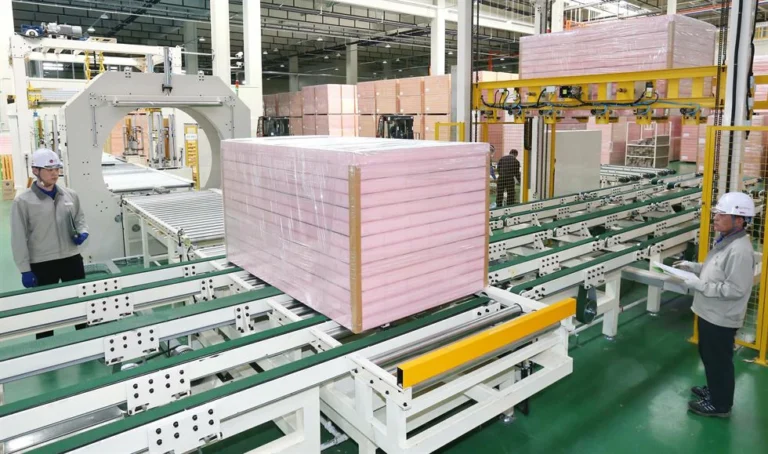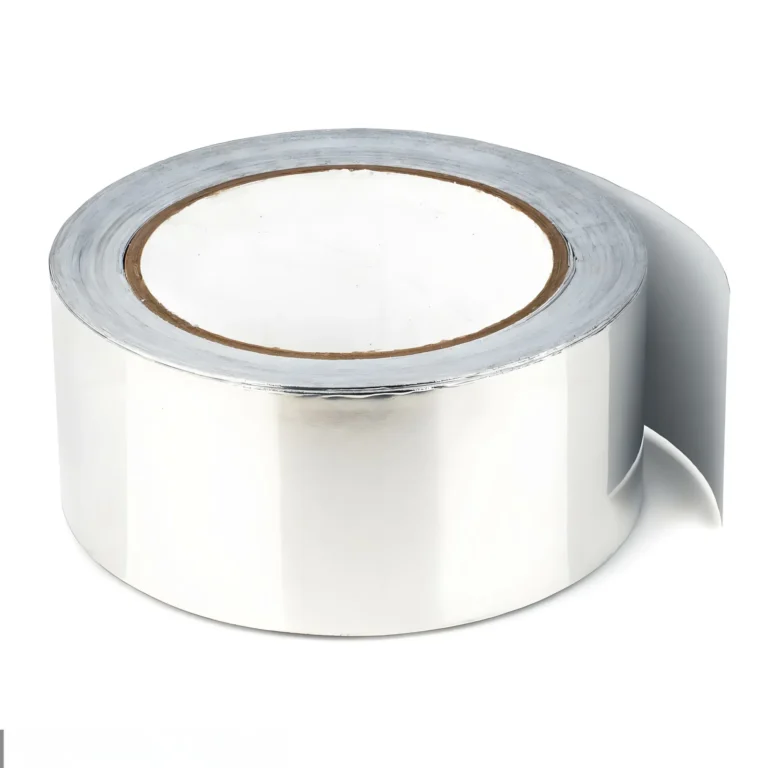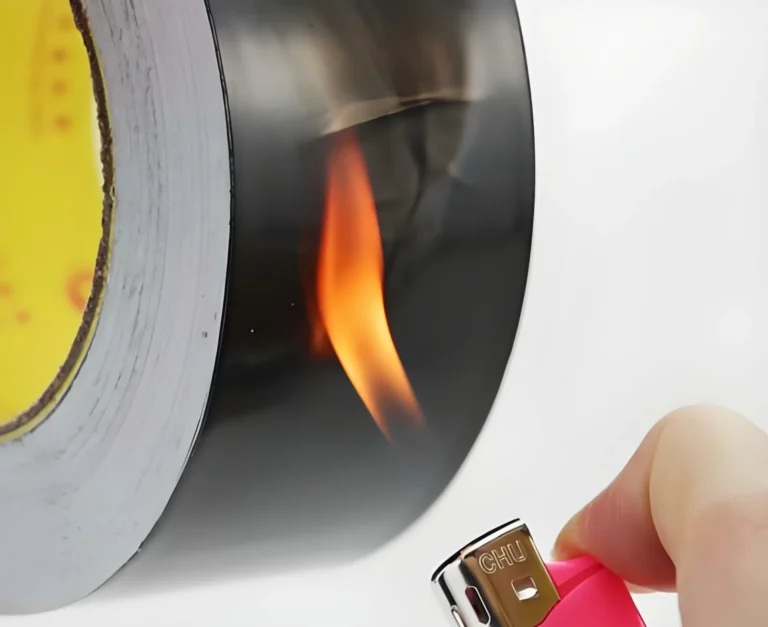Insulation tape is a vital component in ensuring the safety and efficiency of electrical systems across multiple industries. This article provides an indepth examination of the properties of insulation tape, exploring the science behind its materials, its mechanical and electrical properties, specific applications in various industries, and the latest advancements in tape technology.

Material Composition and Properties
Insulation tape is manufactured from several key materials, each selected for specific properties that enhance performance under different conditions:
PVC Insulation Tape
- Material Composition: Made primarily from polyvinyl chloride, a type of plastic that is flexible and durable. It often includes a non-corrosive adhesive.
- Properties:
Good electrical insulation
Water-resistant
Flame retardant
Easy to wrap and mold around irregular shapes
Rubber Insulation Tape
- Material Composition:Composed of either natural or synthetic rubber, sometimes combined with tackifiers and other additives to enhance its adhesive properties.
- Properties:
Excellent elasticity and conformability
Good moisture resistance
Self-amalgamating (can bond to itself to form a solid layer)
High dielectric strength
Vinyl Insulation Tape
- Material Composition:Made from polyvinyl chloride but formulated to be more flexible and durable than standard PVC tape.
- Properties:
Excellent stretch and recovery
UV and weather-resistant
Flame retardant
Good abrasion resistance
Mastic Tape
- Material Composition:A sticky, elastic, and moldable compound made from a mixture of rubbers and tackifiers.
- Properties:
Excellent adhesion to metal, rubber, and various insulating materials
Water and moisture-proof
Provides a cushioning layer
Chemical and UV resistance
Fiberglass Insulation Tape
- Material Composition:Woven from fiberglass yarns, sometimes coated or impregnated with polymeric resins to enhance their properties.
- Properties:
Non-flammable
High tensile strength
Excellent thermal resistance
Resistant to most acids, alkalis, and solvents
Polyimide (Kapton) Tape
- Material Composition:Made from polyimide film with a silicone adhesive backing.
- Properties:
- Exceptional thermal stability (can withstand temperatures up to 500°F/260°C)
- Excellent electrical insulation
- Chemical resistance
- Minimal outgassing, suitable for vacuum environments
Foam Insulation Tape
- Material Composition:Typically made from foam materials such as neoprene, EPDM, or PVC.
- Properties:
- Provides both thermal and acoustic insulation
- Cushioning against vibrations and impacts
- Seals out air, dust, and moisture
- Conforms well to irregular surfaces
PTFE (Teflon) Tape
- Material Composition:Made from polytetrafluoroethylene (PTFE), a synthetic fluoropolymer.
- Properties:
High chemical resistance
Excellent temperature resistance
Non-stick surface
Primarily used for thread sealing in plumbing applications
Aluminum Foil Tape
- Material Composition:Consists of a thin foil of aluminum backed by a pressure-sensitive adhesive.
- Properties:
Reflective and heat resistant
Moisture and chemical resistance
Strong adhesion and durable
Excellent for HVAC duct sealing and insulation
Aluminum Foil Tape
WT’s aluminum foil insulation tape offers unparalleled sealing and insulation capabilities. Our aluminum foil tape is fiberglass-free and made from high-grade aluminum foil, adhesive and release paper.
You can choose acrylic pressure-sensitive adhesive or silicone adhesive as the adhesive for your foil faced insulation tape, providing reliable solutions for a variety of applications, from air ducts and HVAC systems to dryer vents and rigid metal panels pipeline. Our UL181 compliance certification ensures the highest quality and performance standards.
The choice of insulation tape in a specific application depends heavily on its mechanical and electrical properties:
Dielectric Strength: This is a critical factor in the selection of insulation tape, as it determines the tape’s ability to withstand electrical stress without failure.
Elongation and Tensile Strength: These mechanical properties impact the tape’s ability to stretch and conform to surfaces without breaking, crucial in installations involving irregular shapes or surfaces.
Thermal Resistance: The ability of the tape to perform under various temperature conditions is vital, especially in applications involving heatsensitive environments.
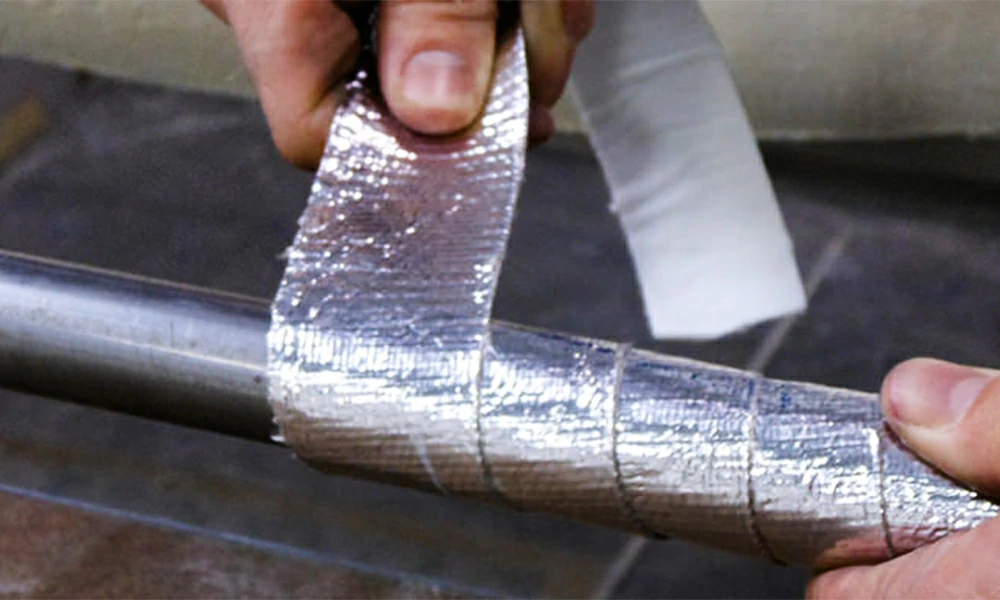
SectorSpecific Applications
Insulation tape finds its applications in diverse fields, tailored to meet specific industry requirements:
Electrical and Electronics:
Application: Insulating and bundling electrical wires and cables.
Data: Electrical insulation failures are responsible for a significant number of electrical system breakdowns, emphasizing the need for reliable insulation solutions.
Automotive:
Application: Harnessing and protection of automotive cables against heat, abrasion, and chemicals.
Data: The automotive sector’s demand for insulation tape is expected to rise with the increase in electronic components in vehicles.
Aerospace:
Application: Insulation of wiring in aircraft, which must meet stringent flame retardancy and smoke emission standards.
Data: Aerospace applications require tapes that can withstand extreme conditions, driving the development of specialized high performance tapes.
Learn More About: Versatile HVAC & Ductwork Tapes
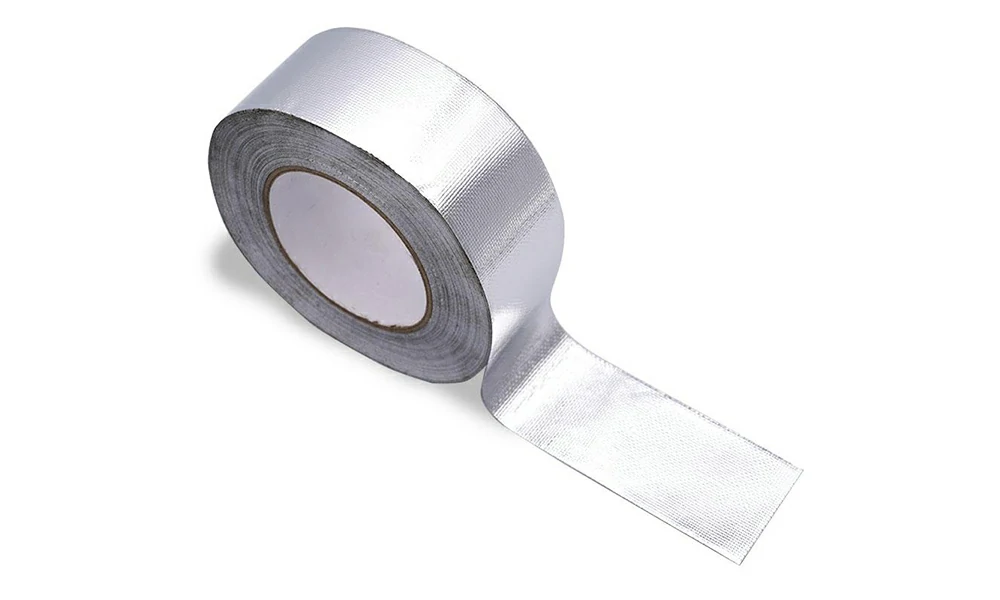
Technological Advancements
The field of insulation tape is witnessing significant technological advancements:
FireResistant and HighTemperature Tapes:
Advancements: Development of tapes using advanced materials like ceramics and high-grade silicones that can withstand temperatures exceeding 1000°C.
Impact: These tapes are crucial for high-risk environments and are increasingly used in the industrial and aerospace sectors.
Smart Insulation Tapes:
Advancements: Integration of sensors in tapes that can detect and alert to heat or electrical discharge issues.
Impact: Enhances preventive maintenance capabilities and increases safety by providing early warnings of potential failures.
What materials are commonly used to make insulation tape?
Insulation tape can be made from various materials, including:
Vinyl (PVC): Offers good electrical insulation and is resistant to moisture and chemicals.
Rubber: Provides excellent flexibility and adhesion, suitable for irregular surfaces.
Acrylic: Known for its strong adhesive properties and resistance to UV light and temperature extremes.
Aluminum: Used for its conductive and reflective properties, often in HVAC applications.
How does insulation tape contribute to energy efficiency?
Insulation tape helps prevent energy loss by ensuring that materials are properly sealed and insulated. In HVAC systems, for example, it can seal ductwork to prevent air leaks, which can lead to significant energy savings.
Are there any safety considerations when using insulation tape?
Yes, it’s important to follow the manufacturer’s instructions and safety guidelines. When working with electrical applications, ensure the power is off and use appropriate personal protective equipment (PPE).

